-
Use Cases
-
Resources
-
Pricing
History of Programming Languages Timeline
(1940s - Present)Foundational Languages
FORTRAN development begins
1954
% complete
FORTRAN (short for "Formula Translation") development begins at IBM by John W. Backus, leading to the first high-level programming language designed for scientific and engineering calculations.
Image source: Fortran

LISP programming language invented
1958
% complete
John McCarthy invents LISP, the second-oldest high-level programming language still in use today, known for its emphasis on symbolic processing and list structures.
Image source: Lisp (programming language)
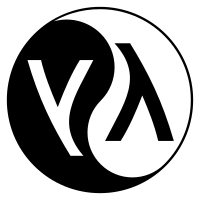
COBOL language specification released
1960
% complete
The COBOL (short for "Common Business-Oriented Language") language specification is released, becoming one of the first high-level programming languages designed for business and administrative applications.
Image source: COBOL

ALGOL 60 programming language standardized
1960
% complete
The ALGOL 60 programming language is standardized, playing a significant role in the development of subsequent programming languages and establishing important concepts and syntax.
C programming language development begins
1969
% complete
Dennis Ritchie and Ken Thompson start developing the C programming language at Bell Labs, which would go on to become one of the most influential and widely used programming languages.
Image source: C (programming language)
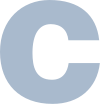
Modern Programming Paradigms
Smalltalk programming language released
1980
% complete
Smalltalk, a pioneering object-oriented programming language, is released, introducing concepts such as classes, objects, and inheritance.
Image source: Smalltalk

Perl programming language released
1987
% complete
Larry Wall releases Perl, a versatile scripting language known for its text-processing capabilities and widespread use in system administration and web development.
Image source: Perl
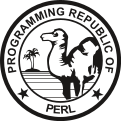
Python programming language released
1991
% complete
Guido van Rossum releases Python, a powerful and easy-to-read language that gains popularity for its readability and extensive libraries.
Image source: Python (programming language)
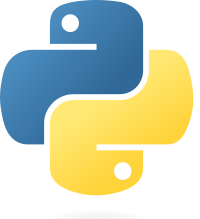
Java programming language released
1995
% complete
Sun Microsystems releases Java, a versatile and platform-independent language that revolutionizes software development, particularly for web and enterprise applications.
Image source: Java (programming language)
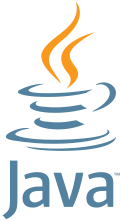
Ruby programming language created
1995
% complete
Yukihiro Matsumoto creates Ruby, an elegant and flexible scripting language known for its focus on simplicity and productivity.
Image source: Ruby (programming language)

C# programming language introduced
2000
% complete
Microsoft introduces C#, a modern object-oriented programming language that combines the power of C++ with simplicity and ease of use.
Image source: C Sharp (programming language)
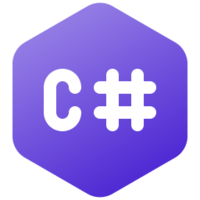
Ruby on Rails framework released
2004
% complete
David Heinemeier Hansson releases Ruby on Rails, a web application framework that popularizes the concept of convention over configuration and accelerates web development.
Image source: Ruby on Rails

Go programming language released
2009
% complete
Google releases Go, a statically typed language known for its simplicity, efficiency, and built-in support for concurrent programming.
Image source: Go (programming language)

TypeScript programming language released
2012
% complete
Microsoft releases TypeScript, a superset of JavaScript that introduces static typing and enhances JavaScript development, particularly for large-scale applications.
Image source: TypeScript

Swift programming language introduced
2014
% complete
Apple introduces Swift, a modern and safe programming language designed for iOS, macOS, watchOS, and tvOS development.
Image source: Swift (programming language)

Rust programming language 1.0 release
2015
% complete
The Rust programming language reaches version 1.0, offering memory safety, concurrency, and performance, making it suitable for systems programming.
Image source: Rust (programming language)

WebAssembly (Wasm) officially supported
2017
% complete
WebAssembly (Wasm) becomes an official web standard, allowing high-performance code execution in web browsers and enabling the development of complex web applications.
Image source: WebAssembly
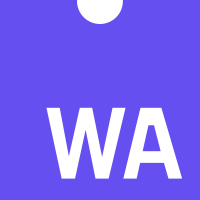
Kotlin programming language officially supported for Android development
2017
% complete
Google announces official support for Kotlin as a first-class language for Android app development, offering improved productivity and safety features.
Language Standardization and Evolution
Ada programming language standardized
1983
% complete
The Ada programming language is standardized by the U.S. Department of Defense, emphasizing safety, reliability, and maintainability for critical systems development.
Image source: Ada (programming language)

Python 3 release
2008
% complete
Python 3 is released, introducing significant improvements and breaking backward compatibility with Python 2, marking a major milestone in the language's evolution.
C++11 standard released
2011
% complete
The C++11 standard is released, bringing significant enhancements to the C++ programming language, including improved support for concurrency, memory management, and language features.
JavaScript ECMAScript 6 (ES6) specification released
2015
% complete
The ECMAScript 6 (ES6) specification, also known as ES2015, is released, introducing new syntax, features, and better module support to JavaScript.
Image source: ECMAScript

Python overtakes Java as the second most popular programming language
2019
% complete
Python surpasses Java in popularity, becoming the second most widely used programming language, driven by its simplicity, versatility, and extensive community support.
Web Development and Scripting Languages
JavaScript programming language introduced
1995
% complete
Netscape introduces JavaScript, a scripting language that enables dynamic and interactive web content, transforming the landscape of web development.
Image source: JavaScript
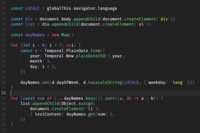
PHP programming language released
1995
% complete
Rasmus Lerdorf releases PHP, a server-side scripting language designed for web development, which becomes widely adopted for building dynamic websites.
Image source: PHP

Key Facts
- The first high-level programming language, Fortran, was introduced in the 1950s.
- The development of C programming language in the 1970s paved the way for system programming and operating systems.
- Object-oriented programming gained popularity in the 1980s with the introduction of languages like C++ and Smalltalk.
- The 1990s saw the rise of scripting languages like Perl and Python, making programming more accessible.
- The 2000s witnessed the emergence of new languages like Ruby, Swift, and Go, designed for specific purposes and improved productivity.
Source
This History of Programming Languages timeline was generated with the help of AI using information found on the internet.
We strive to make these timelines as accurate as possible, but occasionally inaccurates slip in. If you notice anything amiss, let us know at [email protected] and we'll correct it for future visitors.
Create a timeline like this one for free
Preceden lets you create stunning timelines using AI or manually.
Customize your timeline with one of our low-cost paid plans
Export your timeline, add your own events, edit or remove AI-generated events, and much more
Free
$
0
free forever
No credit card required.
Basic
$
10
/month
billed annually
Cancel anytime.
Pro
$
16
/month
billed annually
Cancel anytime.
Common Questions
Can I cancel anytime?
Yes. You can cancel your subscription from your account page at anytime which will ensure you are not charged again. If you cancel you can still access your subscription for the full time period you paid for.
Will you send an annual renewal reminder?
Yes, we will email you a reminder prior to the annual renewal and will also email you a receipt.
Do you offer refunds?
Yes. You can email us within 15 days of any payment and we will issue you a full refund.
What if I have more questions?
Check out our pricing docs or send us an email anytime: [email protected].